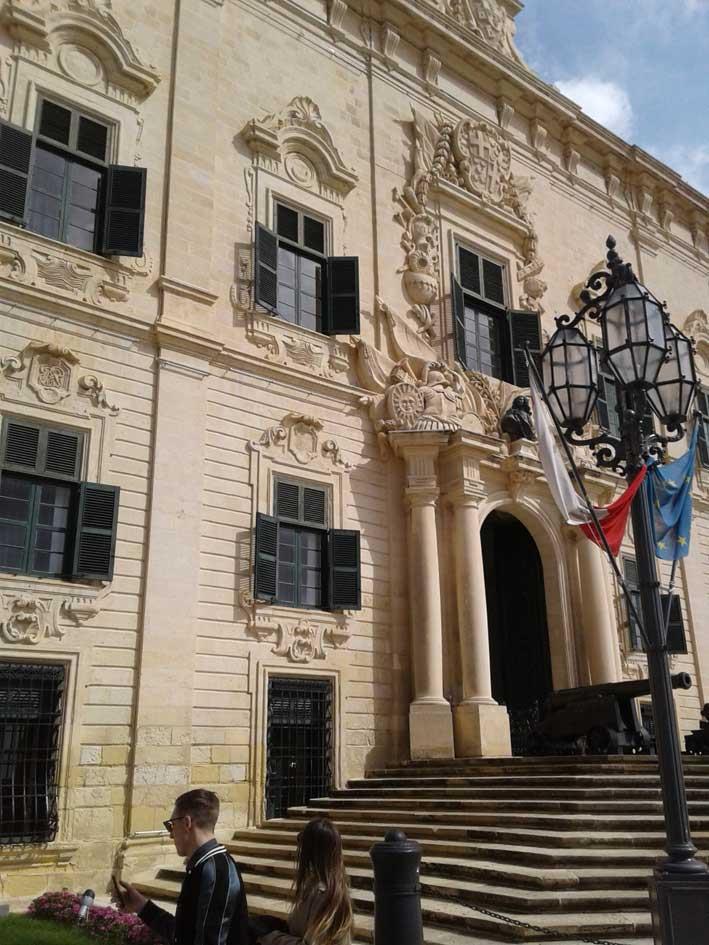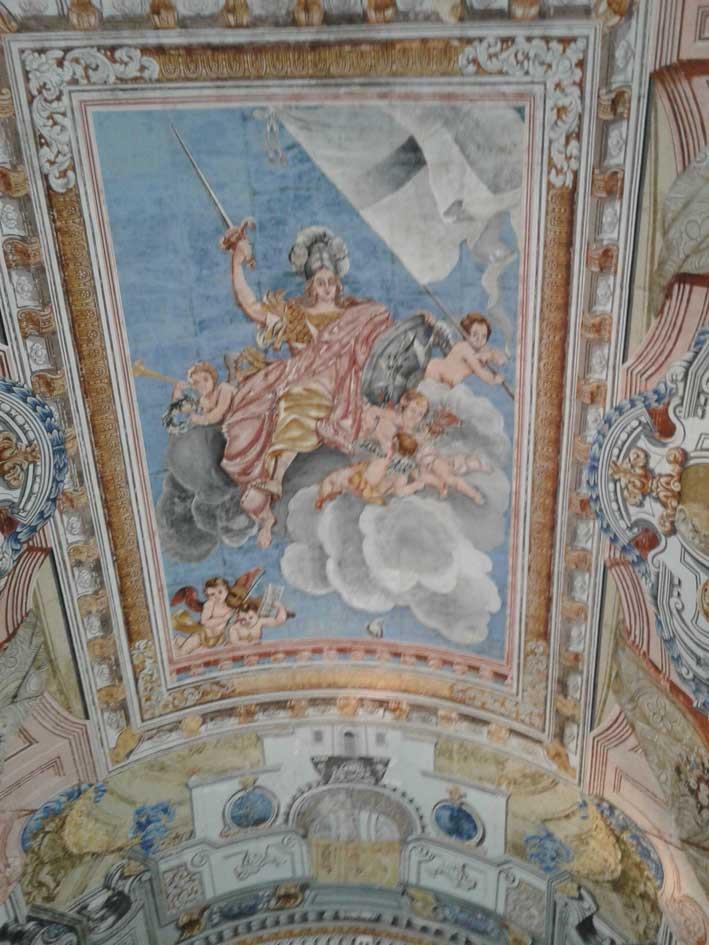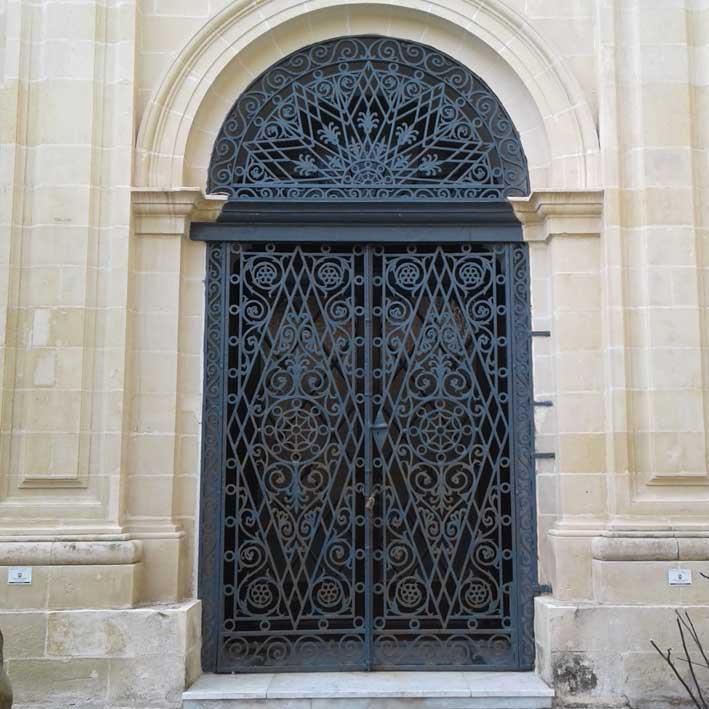Baroque buildings had large proportions and open halls and central spaces. The style featured new ways of involving dramatic forms and the way light fell on them. In churches it drew attention to the altar via dramatic twisted columns, intricate carvings of angels, figures, flowers, fruits, urns and drapes. Light swam in from a cupola overhead and the whole interior shone with the effects of bronze, gilding and trompe-l'oeil paintings.
Furnishings were designed to echo the style and it totally ignored the church's earlier ethos of almost Spartan simplicity.

By the 17th century this style had been adopted throughout Europe for public buildings, palaces and private homes, where it pandered perfectly to the aspirations of the rich and mighty. With wealth and power came prestige. Those who could afford huge buildings with wide staircases and exotic carvings, inside and out, were all too eager to flaunt their grand decorations and the materials in which they were created. Owners would embellish the facades of their huge buildings with large, ornate coats or arms and motifs to display their status, much as today's tower builders seem to do. The builders of the former, however, left a legacy of beauty and artistry, and a priceless heritage.

Valletta's Baroque treasures
Valletta was built at exactly the right time to embrace the Baroque era. Examples from the Knights' Auberges to quite small balconies and doorways can be seen throughout the city, either tucked almost stealthily away in a side street or standing proudly now as a museum or gallery.
Time spent studying the intricate workmanship, marvelling at the age and state of the marble and stone, enjoying the lush, reverent and occasionally quite scary symbolism and gazing at the glorious richness and tones of Baroque work is time well spent. It can leave us inspired, overawed, enriched or even mildly amused since it is so far removed from today's pared down tastes.

What it can also do is remind us that what was valued and treasured in the past has lost none of its sentiment and importance and still has the same power to impress today.
Baroque architecture and decorations, which surely contribute to Valletta's Capital of Culture status, vary from the magnificent St John's Co-Cathedral to the entrance of the city's police station and almost every street or corner has an example.

The Church of the Jesuits, Auberege de Castille, the Museum of Fine Arts, Manoel Theatre, the Biblioteca, L'Hostel De Verdelin and the many churches, chapels, auberges and palaces which now serve as galleries and museums and the armoury and house some of the country's most treasures; all for us to marvel at, thanks to our predecessors who, while not exactly modest in their delights and possessions, made sure to create something they loved for the sake of their city as well.

Exquisite examples of Baroque decor in the Biblioteca
How to spot Baroque features:
Churches have wide naves and sometimes an oval shape
Architectural elements are fragmentary or deliberately incomplete.
Light is used to dramatic, contrasting effects through several windows.
Ornaments and figures made of wood, marble, stone or plaster are elaborately coloured and gilded and ceilings are often frescoed.
External façades often display dramatic carvings and emblems.
Interiors are designed to show additional sculptures, stucco work and paintings.
Paintings are realistic, often created as optical illusions or to make the images appear three dimensional.